HOME GUARD MEMORIES AND INFORMATION - OTHER COUNTIES (M-S) -
SURREY
FARNHAM and WAVERLY
ABBEY
GHQ (Defence) Line "B"
and
2nd Surrey (Farnham) Battalion
By Adrian Chan-Wyles
This a page within the www.staffshomeguard.co.uk website.
To see full contents, go to SITE MAP.
|
As the
Battle of Dunkirk (May 26th to June 4th
1940) raged and the British Expeditionary Force (BEF) in
northern France was fighting for its very existence, defences
were being planned, dug, built and arranged across the
mainland of Britain with a particular and direct emphasis upon
the fortification of the east and south of the country. This
was because the BEF, French and Belgian armies were in full
retreat under the onslaught of the Nazi German forces. As the
BEF was evacuated from France the British military authorities
quite logically expected Nazi Germany to maintain the momentum
of its attack on the UK mainland, and invade through the use
of paratroops and soldiers landed from the sea. Such an attack
would have involved a comprehensive and well-co-ordinated Nazi
German campaign that combined the Airforce, Army and Navy.
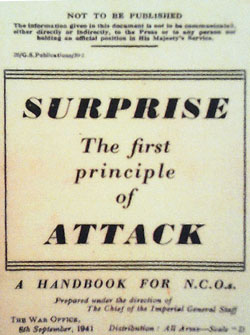 As
a result the UK military authorities, acting under orders from
the UK Government, devised numerous defensive methods to
‘hold’ and ‘check’ any and all Nazi German military incursions
into the British homeland. An integral part of this strategy
was to involve the effective and efficient use of the Home
Guard – a voluntary military formation (originally founded by
the Spanish Civil War Veteran Tom Wintringham). The Home Guard
recruited men who were too young or too old to serve in the
regular military, and worked upon the principle of trained
soldiers learning to effectively defend the area within which
they lived. Local knowledge was quite rightly considered an
important advantage over any invader who did not intimately
understand the landscape and positioning of roads, walls,
hedges, ditches, rivers, houses, bridges and the like. Home
Guard units were tasked with holding the enemy attacks at key
strategic and tactical local points, making the best possible
use of difficult (and/or deceptive) terrain, as well as
natural or man-made barriers to prevent the enemy from
advancing (or retreating in good order) depending upon
circumstance. As
a result the UK military authorities, acting under orders from
the UK Government, devised numerous defensive methods to
‘hold’ and ‘check’ any and all Nazi German military incursions
into the British homeland. An integral part of this strategy
was to involve the effective and efficient use of the Home
Guard – a voluntary military formation (originally founded by
the Spanish Civil War Veteran Tom Wintringham). The Home Guard
recruited men who were too young or too old to serve in the
regular military, and worked upon the principle of trained
soldiers learning to effectively defend the area within which
they lived. Local knowledge was quite rightly considered an
important advantage over any invader who did not intimately
understand the landscape and positioning of roads, walls,
hedges, ditches, rivers, houses, bridges and the like. Home
Guard units were tasked with holding the enemy attacks at key
strategic and tactical local points, making the best possible
use of difficult (and/or deceptive) terrain, as well as
natural or man-made barriers to prevent the enemy from
advancing (or retreating in good order) depending upon
circumstance.
Between June
and August 1940, General Head Quarters (GHQ) designated the
Farnham and surrounding areas of southern England as GHQ
(defence) Line B (also
known as 'Ironside's Line' - and 'Defence Area 13 Waverly
Abbey'). In fact the River Wey
area south of Farnham was designed to be very heavily
defended, as the shallow water and relatively low-lying banks
were not thought a sufficient enough obstacle to stop or
prevent Nazi German tanks from attacking from the west and the
south.
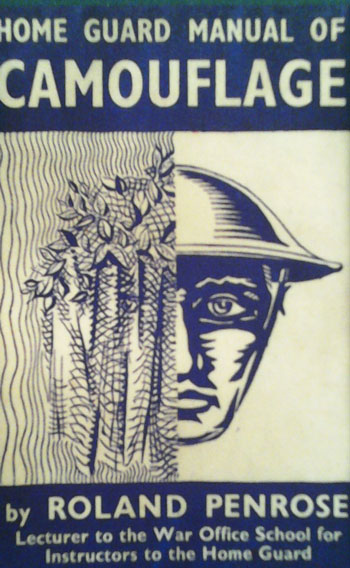
To assist in
Farnham’s defence (and the defence of the nation) the War
Office established the Camouflage Development and Training
Centre (CDTC) within the rooms of Farnham Castle. This was an
interesting initiative that saw Regular Army and Home Guard
units learning together how best to use ‘deception’ and
‘camouflage’ as a means to combat what was then perceived as
the superior Nazi German forces. This was the developed use of
a flexible military logic that was forced to adapt to ever
changing circumstances in a manner that benefitted the British
defenders and disempowered the enemy. There are least three
surviving pillboxes or gun emplacements around the Waverly
Abbey – River Wey area of south Farnham. These defensive
positions were designed to cover the River Wey and the
anti-tank ditch that was dug to augment the river as a natural
barrier, so as to prevent successful enemy crossings of
military personnel and machinery – as the River Wey itself was
not considered sufficient enough in its natural state to act
as an effective barrier. The anti-tank gun emplacement that
survives in near perfect condition in the Waverly Bridge car
park area possesses a rear open courtyard, with its frontage
facing south and west looking-out toward Waverly Abbey to its
left, and the River Wey (and anti-tank ditch) to its right.
This is the view to the west through the front (main) gun
portal of this emplacement today:
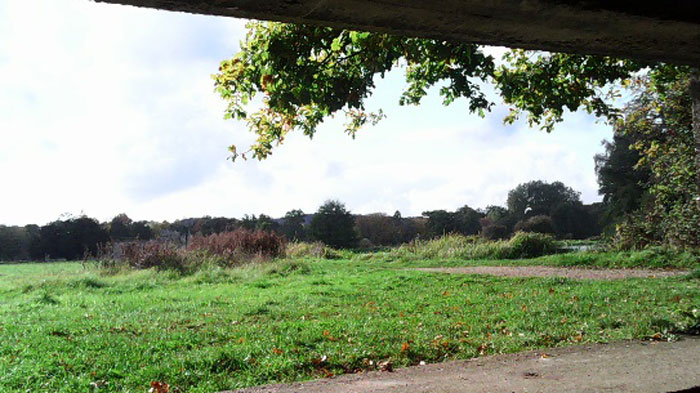
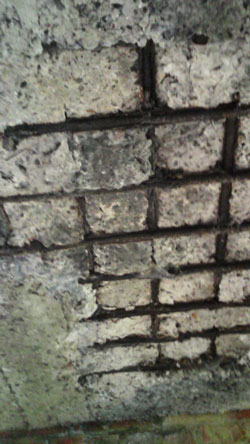 The
roof of the gun emplacement was built using criss-crossing
metal rods set in concrete (for extra strength), whilst the
walls were made of bricks and mortar. When viewed from above,
this gun emplacement is designed very similar to a number ‘6’
in shape, with the underbelly serving as the front area and
the curved top as the rear area. The walls of the emplacement
possess 5 distinct rifle or light machine gun loopholes. These
features (one of which has the date ‘1940’ etched into its
frame) enabled the defenders of the structure to protect the
emplacement should it be attacked from the sides or rear.
Where part of the inner roof has fallen away due to age, the
inner structure of the roof can be clearly discerned
(see right). The
roof of the gun emplacement was built using criss-crossing
metal rods set in concrete (for extra strength), whilst the
walls were made of bricks and mortar. When viewed from above,
this gun emplacement is designed very similar to a number ‘6’
in shape, with the underbelly serving as the front area and
the curved top as the rear area. The walls of the emplacement
possess 5 distinct rifle or light machine gun loopholes. These
features (one of which has the date ‘1940’ etched into its
frame) enabled the defenders of the structure to protect the
emplacement should it be attacked from the sides or rear.
Where part of the inner roof has fallen away due to age, the
inner structure of the roof can be clearly discerned
(see right).
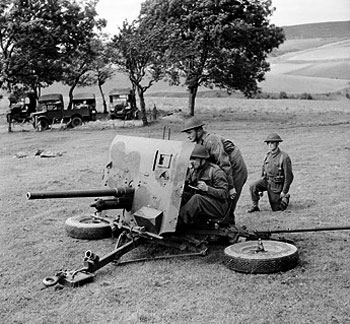
This gun
emplacement is believed to have housed a single 2-pound
anti-tank gun served by at least a three-man crew similar to
the photograph shown left.
This is how
the front, sides and rear of this Farnham gun emplacement
would have looked to the enemy:
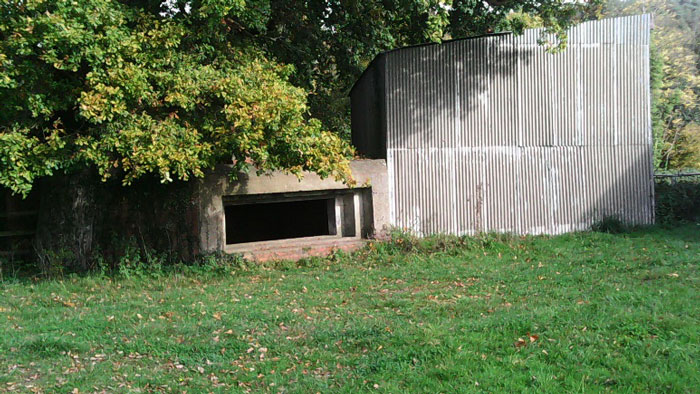
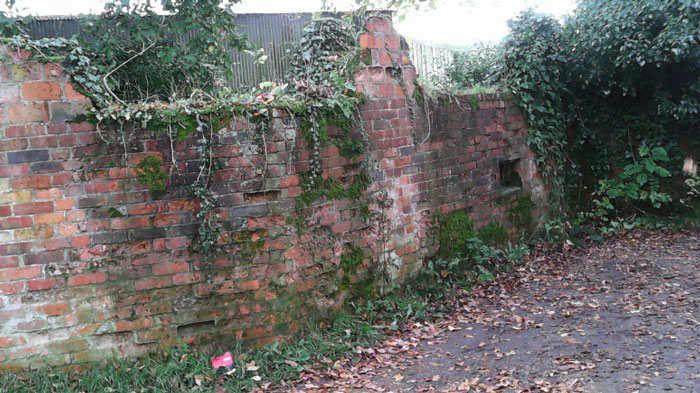
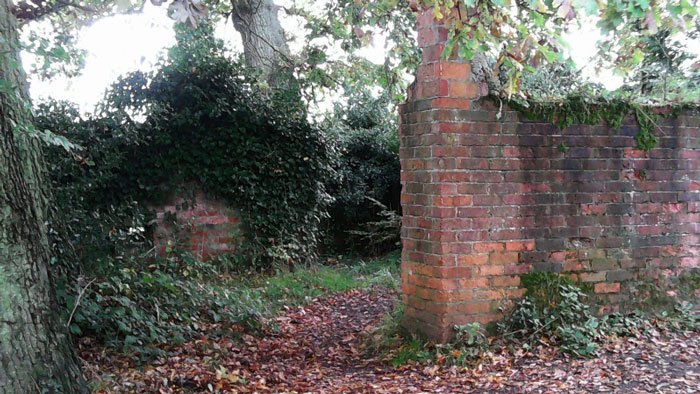
This is how
the Home Guard gun-crew would have seen the inside of their
gun emplacement:
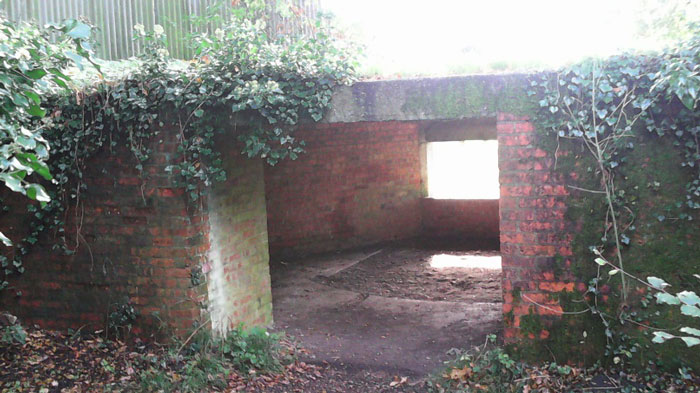
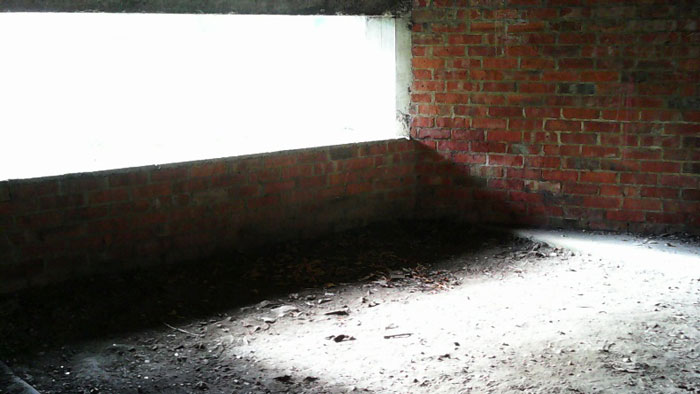
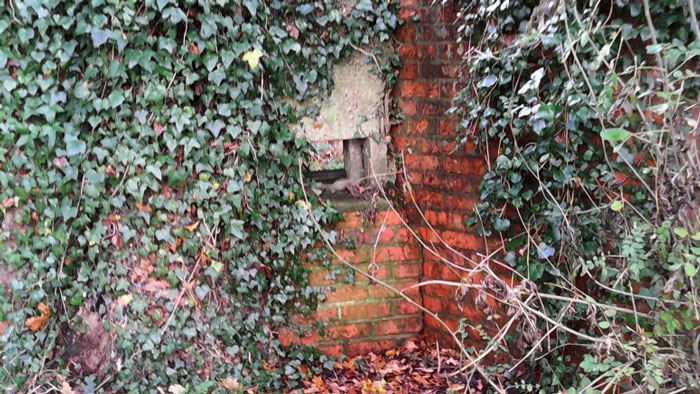
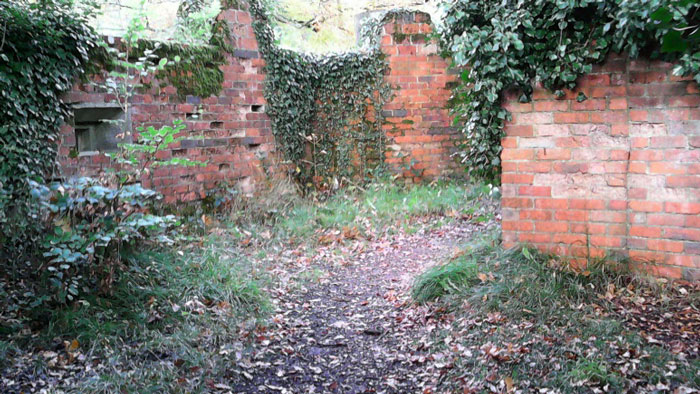
This gun
emplacement has another unique feature. Placed along the wall
tops (and above the front operation area) are a number of
‘castellations’ apparently for camouflage reasons, perhaps in
an effort to make the structure resemble the nearby Waverly
Abbey ruins when viewed from the air:
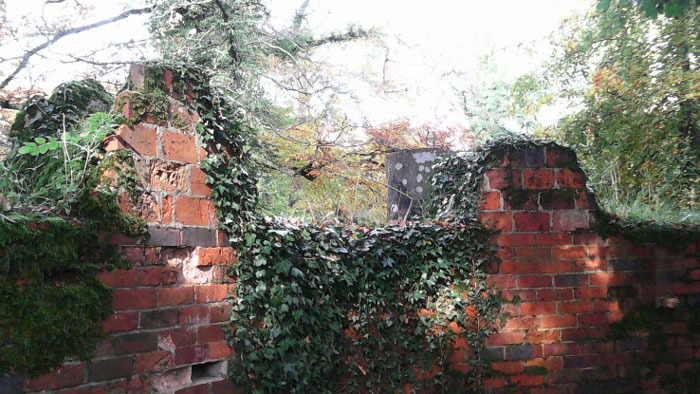
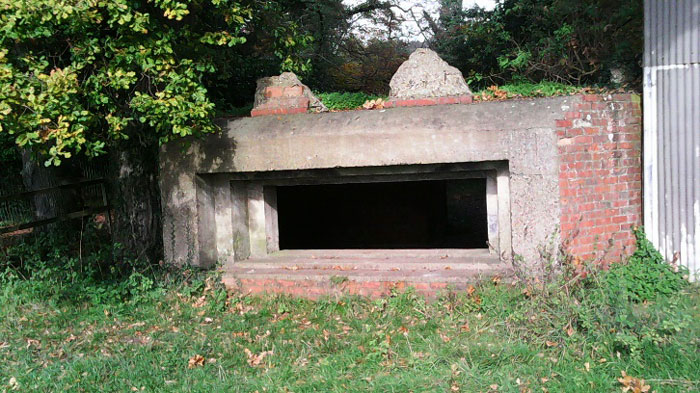
The troops that manned this gun
emplacement (and the various other defence structures in the
area) were from 'B' Company of the 2nd Battalion of the Surrey
Home Guard, the 2nd
Surrey (Farnham) Battalion.
This gun emplacement acted in an integrated manner with the
other pillboxes placed in and around the Waverly Abbey area to
cause a deadly cross-fire over the River Wey. The object of
this design was to make the maximum use of ‘static’ defence
locations so as to slow down and/or ‘halt’ an enemy advance in
the area. As this was a purely defensive strategy in 1940, the
Home Guard were expected to hold each position no matter what.
This can be seen in the design of this gun emplacement as it
appears to have been structured to hold-out even if completely
surrounded and cut-off by the enemy. Its rear design can be
disorientating to an attacking enemy as not only does it
‘curve’ in a deceptive manner, but the pathway channels any
attacking infantry that enters the rear area, into specially
designed ‘kill zones’ facilitated by the various loopholes.
This gun emplacement has in its design the urgency of the
Second World War felt in the UK in mid-1940 and the defensive
psychology that was present at the time. As the war
progressed, and the direct threat of a Nazi German invasion
receded, the British military developed a more aggressive
strategy, but the Home Guard always worked through the concept
of a strong (and aggressive) defence, even if this meant
potentially holding static positions until the bitter end, and
thus giving the Regular Army crucial time to fully mobilise
and respond to enemy action.
This gun emplacement at Farnham is one
of a number surviving testaments to the bravery and commitment
to duty of the British Home Guard.
*****************
Sources:
Waverly Abbey – Defence Area 13
http://archaeologydataservice.ac.uk/catalogue//adsdata/arch-455-1/dissemination/pdf/Text_Reports/DA13_TEXT_-_WAVERLEY_ABBEY.pdf
2 Pound
Anti-Tank Gun
http://www.wwiiequipment.com/index.php?option=com_content&view=article&id=73:2-pounder-anti-tank-gun&catid=40:anti-tank&Itemid=58
Surrey Home Guard
http://www.home-guard.org.uk/hg/cty-surrey.html
Farnham Castle – Permanent Historical
Exhibition
http://www.english-heritage.org.uk/visit/places/farnham-castle-keep/
ACKNOWLEDGEMENT
Grateful acknowledgement is made to
Dr. Adrian Chan-Wyles for
researching and writing the above article and for generously permitting its publication on this page.
Text and images ©
Adrian Chan-Wyles 2015.
x123
November 2015 |